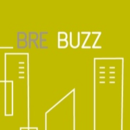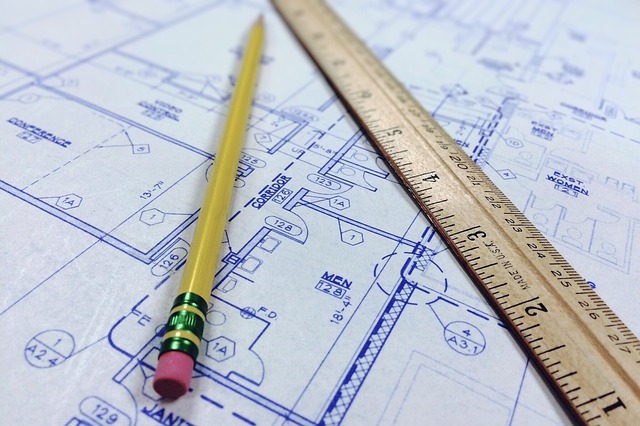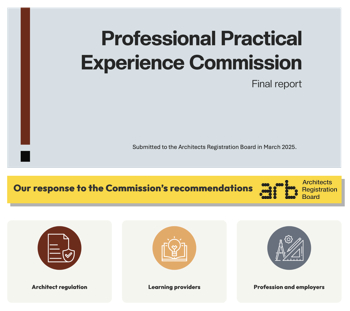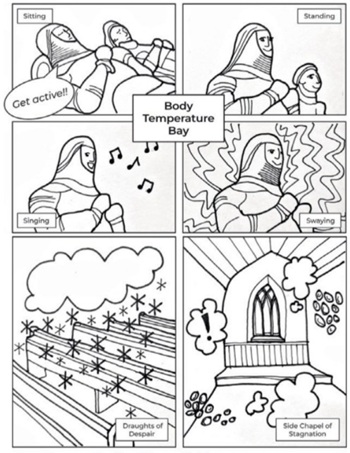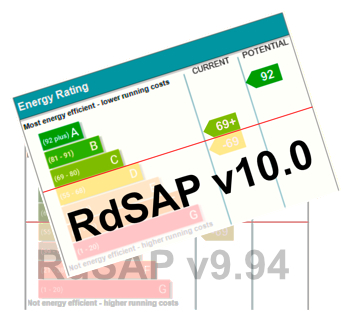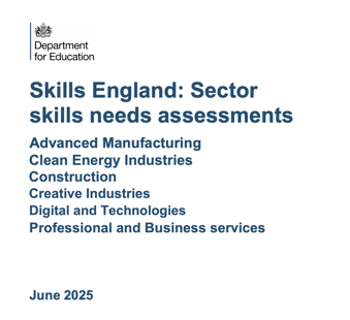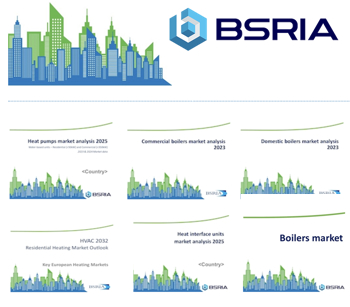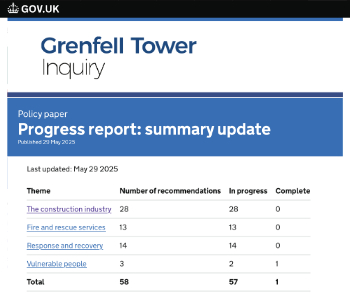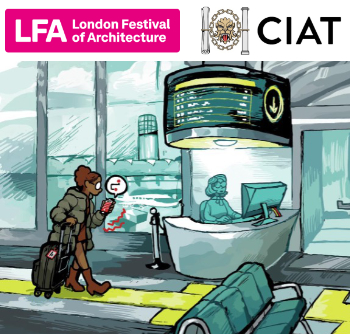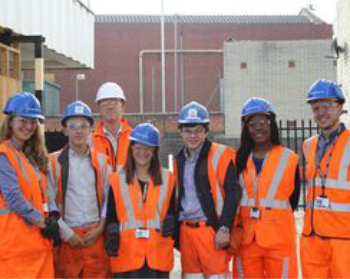Architecture and the need for innovation
Creating architecture is a role that has continually evolved.
Historically, design and construction were typically undertaken by the local artisan, and it wasn't until the 18th century that the role of the 'architect' diverged from that of a craftsman.
In the early-19th century the Institute of British Architects was formed in London to promote and direct the education of architects. It was later renamed the Royal Institute of British Architects (RIBA) and it still operates under that name today, alongside other architectural institutes such as the Chartered Institute of Architectural Technologists (CIAT).
One way or another the role of the architect has had to change in relation to industry innovations. The introduction of the pencil in the late 16th century along with the earlier introduction of paper in Europe allowed for the production of pre-construction drawings. Later, the specialisation of the trade led to innovations around the drawing board such as the introduction of parallel motion, but the availability of personal computers and the advent of computer aided design (CAD) has subsequently led to their demise. Today the majority of drawings are drafted using polylines and layers as opposed to pens and razor blades.
Architects have always seen change as an opportunity. This can be seen in the evolution of the role and its migration to the T-shaped professional model, where the architect is no longer solely a master of their own profession, but knowledgeable about other construction design professions, document control procedures, CAD management, the build and installation process, and more recently data analysis and software application development.
Now with the introduction of efficiency gains and automation brought about through the application of the Building Information Modelling (BIM) process, architecture has another opportunity to innovate, if sufficient leadership can be demonstrated.
Work by BRE Academy, in collaboration with CIAT, the Construction Industry Training Board (CITB), the Institute of Environmental Management and Assessment (IEMA), and Ecobuild, has demonstrated a skills gap within the industry around technology and digital aspects of design and construction, with BIM and smart technology skills identified as those most in need. The survey suggests that architectural professionals who excel at data analytics and software development may be early adopters of the professions future profile. However, there is a conflicting view.
Within the construction industry, architectural roles have always been the most 'human', dealing with relationships, negotiations, and active listening. Indeed, research by the World Economic Forum identifies these traits as among the most desirable skills for future professionals including; complex problem solving, critical thinking, creativity, people management, and coordinating with others. Due to its mastery of such skills, the role of the architect or technologist has been identified by the BBC as highly unlikely to be automated.
So then there is a decision to be made: when considering the future role of the architectural professional within construction, should it move towards the 'man', or the 'machine'?
This article was created by --BRE Buzz. It was taken from Embracing innovation in architecture by Dan Rossiter, published in April 2016.
[edit] Related articles on Designing Buildings Wiki:
- Architect.
- Boardroom to building site skills.
- BRE articles on Designing Buildings Wiki.
- Computer aided design CAD.
- Government plans to put UK at front of global innovation race.
- How to become an architect.
- Skills shortages lead to wages rise.
- Shaping the Future of Construction: Inspiring innovators redefine the industry.
- RIBA.
- The architectural profession.
Featured articles and news
Professional practical experience for Architects in training
The long process to transform the nature of education and professional practical experience in the Architecture profession following recent reports.
A people-first approach to retrofit
Moving away from the destructive paradigm of fabric-first.
International Electrician Day, 10 June 2025
Celebrating the role of electrical engineers from André-Marie Amperè, today and for the future.
New guide for clients launched at Houses of Parliament
'There has never been a more important time for clients to step up and ...ask the right questions'
The impact of recycled slate tiles
Innovation across the decades.
EPC changes for existing buildings
Changes and their context as the new RdSAP methodology comes into use from 15 June.
Skills England publishes Sector skills needs assessments
Priority areas relating to the built environment highlighted and described in brief.
BSRIA HVAC Market Watch - May 2025 Edition
Heat Pump Market Outlook: Policy, Performance & Refrigerant Trends for 2025–2028.
Committing to EDI in construction with CIOB
Built Environment professional bodies deepen commitment to EDI with two new signatories: CIAT and CICES.
Government Grenfell progress report at a glance
Line by line recomendation overview, with links to more details.
An engaging and lively review of his professional life.
Sustainable heating for listed buildings
A problem that needs to be approached intelligently.
50th Golden anniversary ECA Edmundson apprentice award
Deadline for entries has been extended to Friday 27 June, so don't miss out!
CIAT at the London Festival of Architecture
Designing for Everyone: Breaking Barriers in Inclusive Architecture.
Mixed reactions to apprenticeship and skills reform 2025
A 'welcome shift' for some and a 'backwards step' for others.







